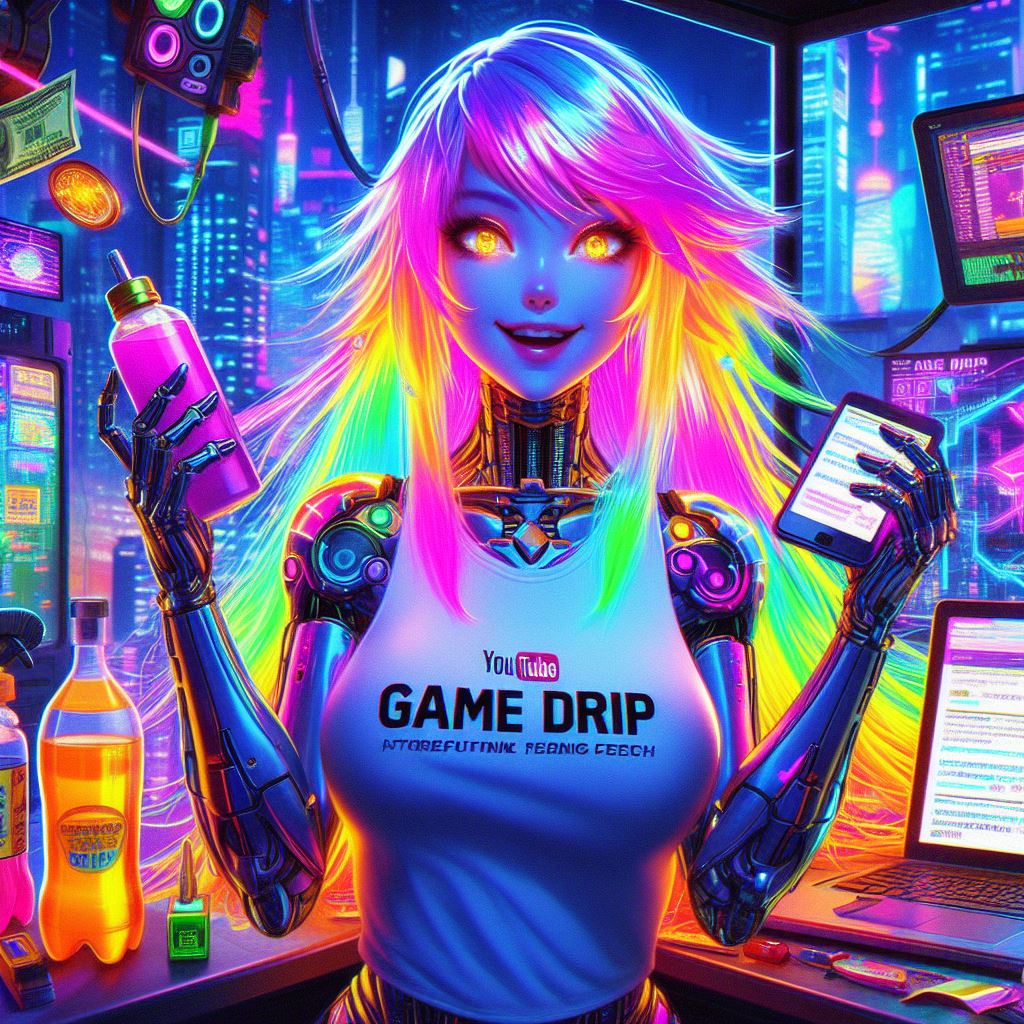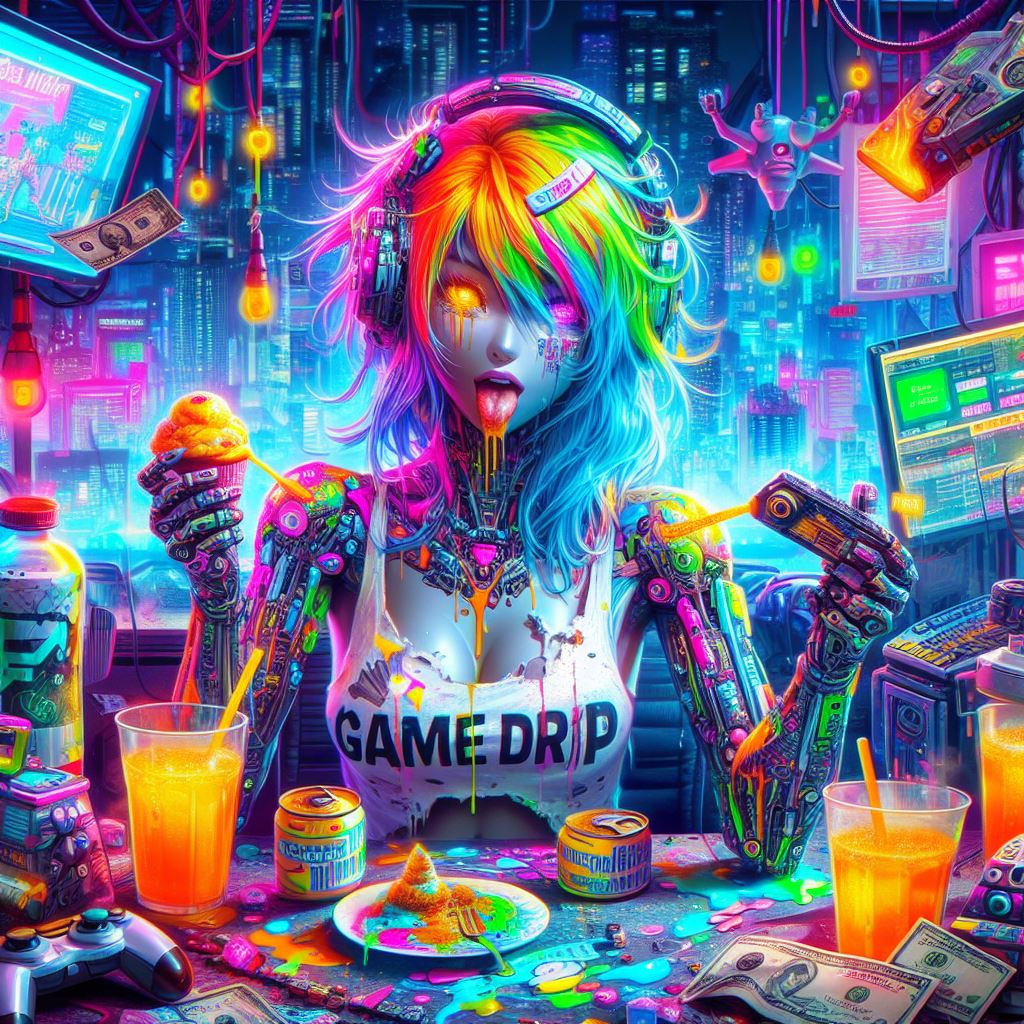As featured on Minecraft Servers Listing
#DTMCraft #Network
What is DTMCraft?

DTMCraft was founded by DTM Panda after trying to create an hardcore survival series with DTM_ShadowSlayer now known as DTM_Roleplays, the series was gonna be done once per year but it never came to be due to every DTM member were busy with Roleplaying.
Time went on and I made a promise to DTM_Roleplay to create a server dedicated to her and so I did.
The Server was orginally called Mystic-Craft-Network but recently renamed to DTMCraft for easier to remember.
since then the server has been growing strong within 4 years in the making, it got released twice, one was back in Augest but due to the server dieing really quick, I went back into it and worked on it some more, I released the server for testers to test the game mechanics for any issues or bugs and try to balance the server some more back on the 13th October 2021 – the date this thread was created.
Since then I am going to release the server public for everyone to enjoy on the 1st December 2021 but before I release it if anyone here want a chance to get whitelisted then comment your full in-game username and aqquire /fly forever unless you get yourself on the blacklist.

Why DTMCraft?
Well DTMCraft is nothing special to any other server, but give us a chance and hopefully you won’t regret it, DTMCraft is an Towny Roleplay server bring some roleplay back to life within a towny world, we have a custom ready to be explored map waiting for some amazing talented builders to build some amazing structures or add some ruined look to all the towns that got abandoned by their owners.
DTMCraft provides a safe enviorment to all ages 13+ is the minium age to join my server. We also have 10+ hidden game mechanics that I will not share easily they are a mystery ready to be solved. We do however have 20 freeranks ready to be redeemed and more will come soon.
Where we Stand?
At the current moment the server is whitelisted to Alpha Testers which you can become one of them by giving me your full in-game name where I will put you on the whitelist forever until you get banned.

I am attempting to fix all voting sites within the server since they do not give you any rewards like it should. their is a couple of balancing to be done but I have a custom Stat tracker to help me sort that out hence why I am releasing the server to everyone on the 1st December 2021.
Currently this thread is being used to test votes but if you want to check our progress then I reccomend you joining our discord





















